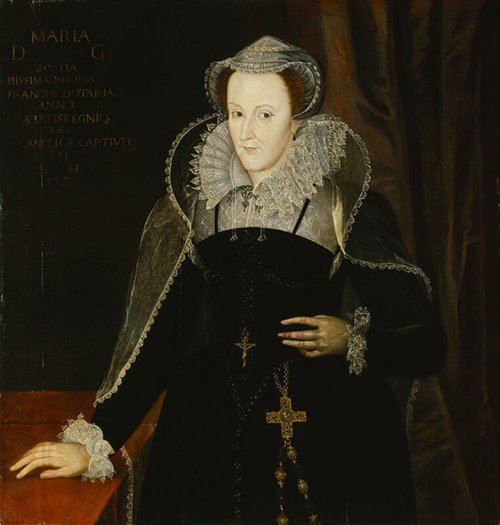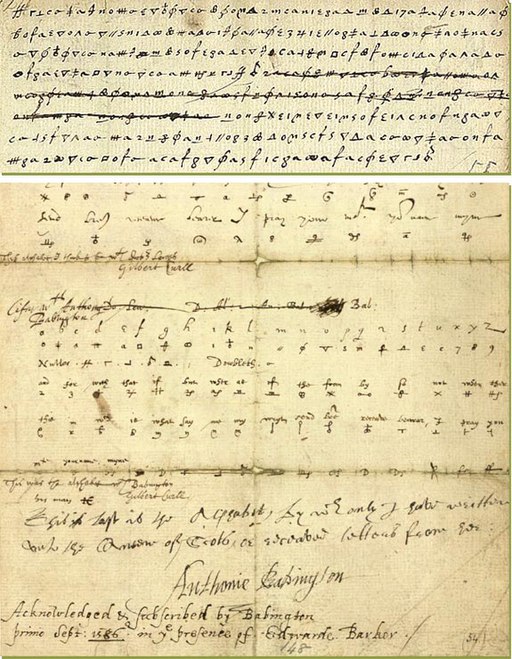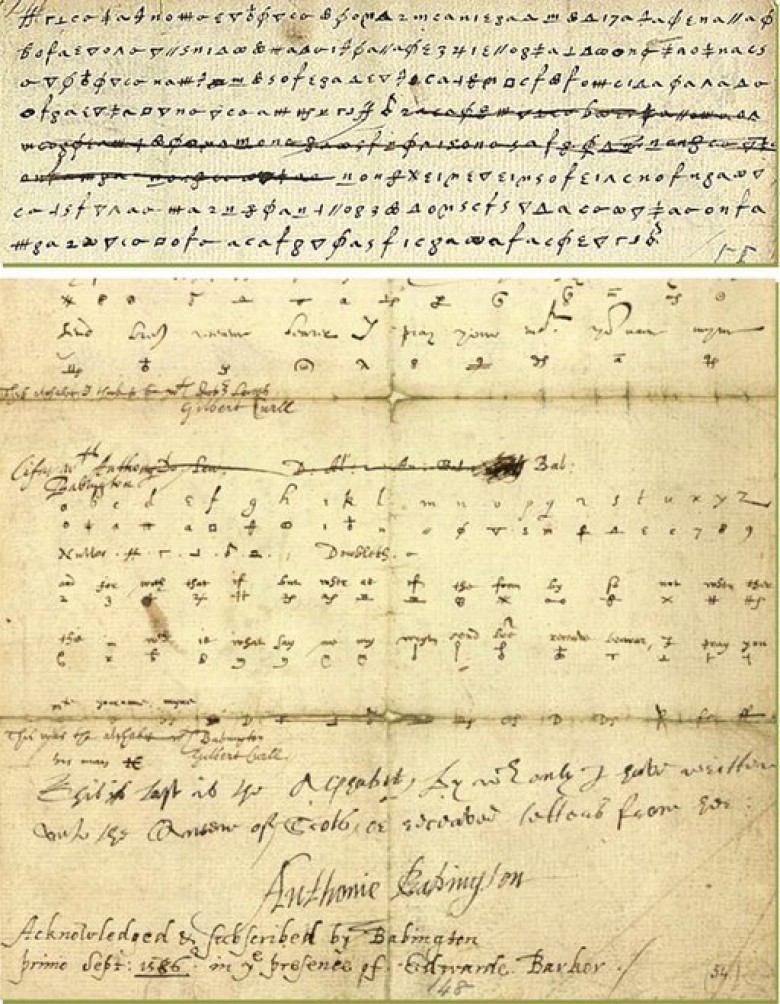25th October 2018
Today in 1586, Mary Queen of Scots was found guilty of treason for her involvement in the Babington Plot – a conspiracy to assassinate Elizabeth I and put Mary on the English throne instead. After nineteen years as a captive in England, Mary Queen of Scots was executed.
Mary had been forced to abdicate as queen of Scotland in 1567. Her infant son, James VI, was placed on the throne. Mary fled south into England, hoping for support from her cousin and fellow queen Elizabeth I. But Mary’s arrival in England put Elizabeth in a difficult position. Mary had a strong claim to the English throne, and she was also a Catholic – making her an attractive alternative for many who wished to see the Protestant Elizabeth removed.

Elizabeth held Mary captive, letting her live comfortably but closely watched. She was hosted by Bess of Hardwick and the Earl of Shrewsbury, and for them, became a most expensive and disastrous houseguest.
Inevitably, Mary became the focus of a number of Catholic plots, and many of Elizabeth’s advisors wanted the Catholic queen removed. But it wasn’t until the Babington Plot that they were able to prove Mary’s direct involvement, and force Elizabeth to deal with her.
In this plot, Mary exchanged coded letters with a Catholic rebel named Anthony Babington, smuggling them through beer barrels. In the letters, he asked Mary for her support in their plans to assassinate Elizabeth and place her on the throne instead. Mary responded, asking for more details and indicating her support.

Unknown to both Babington and Mary, all her correspondence was being intercepted and they had fallen into a trap. Elizabeth’s spymaster, Francis Walsingham, had been decoding and copying Mary’s letters, waiting for something to implicate her. As soon as he received Mary’s reply to Babington, he was able to show Elizabeth the threat Mary posed. Babington, and the other men involved in the plot, were arrested and executed, while Mary was brought to trial, with a guilty verdict soon following.
For years Elizabeth had agonised over what to do with Mary, but the result of the trial did not make it easier for her. Treason was to be punished by death, but Elizabeth was hesitant to execute a fellow queen. Eventually, she signed the death warrant on 1 February 1587 – and Mary was executed seven days later.
I write about this period of Mary’s life in my novel The Other Queen. I imagine this is how she felt about her cousin.
'I thought Elizabeth would grasp that we queens have to stick together, that if the people pull me down and call me a whore then what is to stop them abusing her? But she is slow, oh God! She is so slow! She is as sluggish as a stupid man, and I cannot abide slowness and stupidity.'
Images: Mary, Queen of Scots, after Nicholas Hilliard, 1578, NPG 429, © National Portrait Gallery, London. The Babington postscript and cipher, 1586, from the National Archives via Wikimedia Commons.
